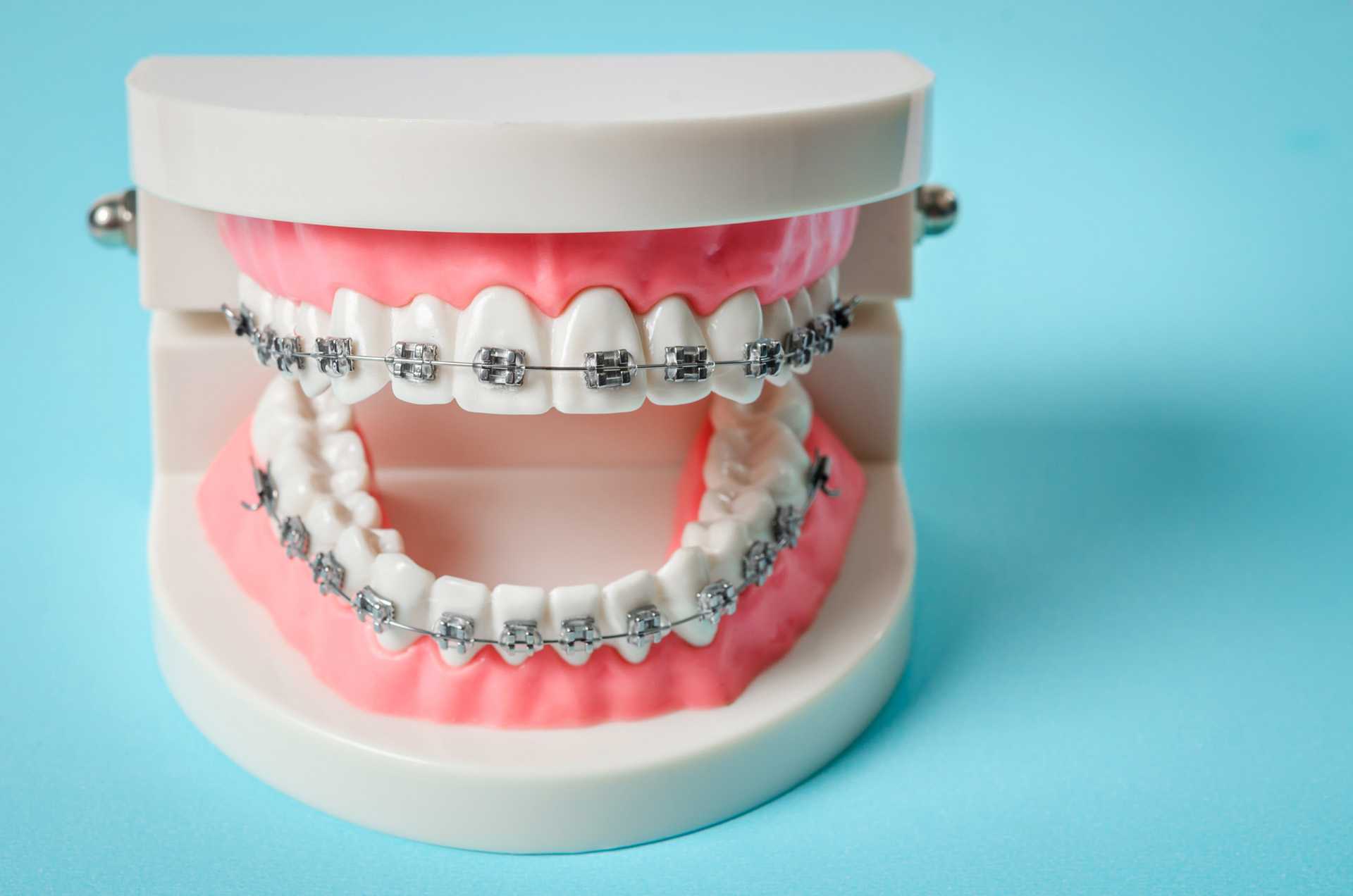





Save $250 off braces or Invisalign!*
Schedule your appointment online.
Embarking on the journey of orthodontic treatment with braces is a vital step towards achieving a healthier and more radiant smile. Yet, a common question arises: How long does it take to get used to braces? The adjustment period varies among individuals, encompassing both physical sensations and emotional responses. Initially, the pressure and discomfort may seem daunting, but most people gradually adapt to their braces. This article delves into the initial adjustment phase, strategies for managing discomfort, the gradual progress, psychological shifts, and the unique factors that influence how long it takes to get used to braces. By understanding this journey, you can alleviate concerns and set realistic expectations for your orthodontic experience.
The Initial Adjustment Period
Getting braces marks the beginning of an exciting journey towards a beautiful smile, accompanied by a period of adjustment. In the days following the placement of braces, your mouth will experience a range of new sensations as it acclimates to these orthodontic devices.
Initially, discomfort is common as the braces exert pressure on your teeth, leading to soreness in your gums and mouth. This discomfort often peaks during the first few days and can be compared to the feeling of sore muscles after exercise. Over-the-counter pain relief and a diet consisting of soft foods can help ease this transition.
The sensation of having braces on your teeth can feel unusual at first. The brackets and wires may create a sense of bulkiness, and navigating your mouth with your tongue might be challenging. It’s important to remember that this feeling is temporary; as your body adjusts, you’ll become accustomed to the presence of braces and how they affect daily activities like eating and speaking. Many patients find that within a week or two, they barely notice their braces, focusing instead on the positive changes in their smiles.
Tips for Managing Discomfort
Adjusting to braces can be challenging, particularly during the initial phase. Fortunately, there are several effective strategies to manage discomfort and facilitate a smoother transition.
Over-the-counter pain relief options, such as NSAIDs like ibuprofen or acetaminophen, can alleviate soreness after orthodontic appointments. Always follow the dosage instructions or consult your orthodontist to ensure proper usage.
Consuming soft foods can significantly mitigate the discomfort associated with braces. Incorporate items like yogurt, mashed potatoes, applesauce, and smoothies into your diet. These foods are gentle on your teeth and provide essential nutrients while avoiding the pressure or pain caused by harder foods.
Maintaining excellent oral hygiene is vital during the adjustment to braces, as it prevents discomfort from food particles getting stuck. Use a soft-bristled toothbrush and fluoride toothpaste to gently clean your teeth and braces after each meal. Rinsing with a saltwater solution can soothe mouth irritation, and flossing with orthodontic flossers is essential to ease the process. By following these tips, you can effectively manage discomfort and enjoy your journey to a beautiful smile.
Progress Over Time
As you begin your orthodontic journey, you might wonder, how long does it take to get used to braces? The adjustment timeline typically ranges from days to weeks. During the first few days, discomfort is normal as your mouth adapts to the new hardware, and many find relief with over-the-counter pain medications. Within a week, most patients start feeling more comfortable as their mouths adjust to the braces.
As you progress, noticeable improvements in comfort levels emerge. By the end of the second week, most individuals report a significant reduction in discomfort, allowing them to enjoy a broader range of foods and engage in daily activities without pain. Although each person’s experience may differ, positive changes typically occur as you grow accustomed to wearing braces.
Beyond immediate comfort, braces offer long-term benefits that motivate perseverance. They not only align your teeth for a dazzling smile but also enhance oral health by improving your bite and reducing future dental issues. As your treatment advances, you’ll witness the gradual transformation of your smile, making the initial adjustment period worthwhile.
Psychological Adjustment
Wearing braces often triggers a spectrum of emotional responses, especially during the initial adjustment phase. Feelings of anxiety or self-consciousness may arise as you adapt to your new appearance and the sensations of braces. It’s normal to feel overwhelmed, particularly in social situations. Recognizing that these feelings are common can aid in coping effectively.
To manage anxiety, consider practicing positive affirmations or visualizing the end results of your treatment. Deep breathing exercises can also help calm your nerves. Finding coping strategies that resonate with you will be advantageous. Open communication with your orthodontist about any discomfort or concerns can offer reassurance and ease your mind.
Support from family and friends is crucial during this adjustment phase. Sharing your feelings with them can make a significant difference, as their encouragement can reduce feelings of isolation. Whether it’s a family member reminding you of the beautiful smile awaiting you or a friend accompanying you to appointments, their support boosts confidence and fosters a positive transition to wearing braces.
Individual Variations in Adjustment Time
Adjusting to braces is a unique experience influenced by various factors. Pain tolerance, oral health, and previous dental experiences can affect how long does it take to get used to braces. Some may find the initial discomfort manageable, while others take longer to feel comfortable.
Age plays a pivotal role in the adjustment period. Children often adapt more swiftly than teens and adults due to their higher resilience and faster healing processes. For children, the novelty of braces can be exciting, aiding their transition. In contrast, teens and adults may experience more self-consciousness about their appearance and require additional time to adjust to the physical sensations of braces.
Regular orthodontic visits significantly impact the adjustment experience. These appointments allow necessary adjustments to braces and provide opportunities for patients to ask questions and express concerns. A supportive orthodontic team can help patients feel more at ease, ultimately facilitating a smoother adjustment process. Understanding these individual variations helps set realistic expectations for anyone beginning their orthodontic journey.





